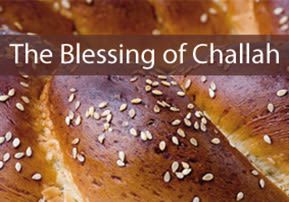
Shlach Lecha: The Blessing of Challah
Through the mitzvah of taking challah, the wife becomes a worthy vessel for bringing sustenance into her home; this blessing is ever so conducive to an ample livelihood…

The Mitzvah of Taking Challah
In this week’s parshah, the Jewish people are commanded to make an offering to G-d from their bread dough. This offering, which is donated to the Kohen, is called challah. “When you come into the land where I bring you: Then it shall be that when you eat of the bread of the land, you shall heave an offering unto Hashem. You shall heave challah of the first of your dough for a heave offering…” (Bamidbar 15:18-21) Perhaps the term challah has become synonymous with the special bread which we eat on Shabbat because in the spirit of our tradition, the wife of the home bakes her own Shabbat bread and separates off the challah offering. According to Beit Hillel, even young unmarried daughters regarded this mitzvah as so important that they would use their own money to bake enough bread to take challah every Shabbat eve (Yoreh Deah 328). Today, when we don’t have the Temple, the mitzvah is performed symbolically by separating a small piece of unbaked dough and burning it or disposing of it respectfully in two bags. According to the Chazon Ish, you need to use at least 1 kg 200 gram (2 lb. 10.2 oz) flour to take challah without a bracha, and at least 2 kg 250 grams (4 lb. 15.2 oz) to take challah with a bracha.
Although this mitzvah is one of the three mitzvot designated particularly for women, many ladies today unfortunately choose to forfeit their special privilege to fulfill the mitzvah of separating challah. When time is sparse; wouldn’t it make sense to buy all the other food ready made in order to free our-selves to perform the important mitzvah of baking homemade challah?
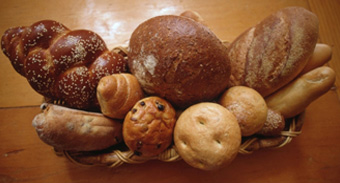
Blessings of the Home
The blessings in our homes are closely linked to the mitzvah of taking challah. Sforno comments: after the sin of the spies, the Jewish people needed to bring the challah offering in order to be worthy to receive the bracha in their homes. As it states “...You shall also give to the Kohen the first of your dough, that he may cause a blessing to rest on your home” (Yechezkel 44:30). Likewise, Eliyahu told the widow, “Make me a little cake of it first, and bring it to me, afterwards make for you and for your son. For thus says the Hashem the G-d of Israel, the jar of meal shall not be spent…” (1 Melachim 17:13-14) There were three special brachot (blessings) which returned to the tent of Sarah when Rivkah entered. The light would burn in the tent from one Shabbat eve to the next. There was always a blessing in the dough, and the cloud of glory would continually hang over the tent (Rashi, Bereishit 24:67). Maharal explains that these three brachot derive from the merit of the special mitzvot which women perform. The burning light corresponds to lighting the Shabbat candles (hadlakat nerot), the cloud of the Divine Presence to keeping the mitzvah of family purity (niddah,) whereas the bracha in the dough corresponds to taking challah (Gur Arie on Bereishit 24:67). The initials of these three mitzvot spell out the name Chana (Challah, Niddah, Hadlakat nerot).
The Sustenance of the Home – In the Merit of the Wife
It might seem logical that the amount of money earned by the household determines the standard of living. Yet the Torah teaches us otherwise. Ultimately, parnasah (livelihood) derives from Hashem’s blessing. Through the mitzvah of taking challah, the wife becomes a worthy vessel for bringing sustenance into her home. The Yafat Toar (commenting on Bereishit Raba 60:16) explains that the particular mitzvot designated for women embody the noble character traits which our mothers possessed. Taking challah represents being thrifty and careful with the resources of the home. Rather than being a spendthrift in overdraft, the woman of valor ensures that the most pressing needs of the home are taken care of, before indulging in luxury. This is the meaning of “a bracha was always found in her dough”(Rashi Bereishit 24:67).
Rectifying Eating from the Tree of Knowledge
In order to deepen our understanding of why the mitzvah of challah causes the blessing of sustenance to enter the home, we need to explore the root of this mitzvah. Our Sages (Yerushalmi Shabbat 20a) explain that the three mitzvot designated for the woman enable her to repair the sin of Chava, who brought death into the world by initiating the eating from the Tree of Knowledge. G-d, therefore, gave women the opportunity to bring life into the world through the mitzvot of challah, lighting the Shabbat candles, and family purity. Since humanity is called the bread, candle, and blood of the world, each of these three mitzvot represent another aspect of human life. Mankind is the bread of the world, as it states “Hashem formed man of the dust of the ground” (Bereishit 2:7). Mankind is the candle of the world as it states “The candle of G-d, the soul of man” (Mishlei 20:27). Mankind is the blood of the world, as it states, “Whoever spills the blood of man…” (Bereishit 9:7) The mitzvah of taking challah revitalizes the body, lighting Shabbat candles perfects the soul, while the mitzvah of family purity enables these two opposites to merge. The blood purified through family purity does, in fact, bind body and soul together on a physical level. All of these mitzvot, therefore, breathe life into humanity. Since the mitzvah of challah brings life into the physical sphere, it follows that keeping this mitzvah is a blessing for livelihood.
Tikkun HaOlam (Perfecting the World)
How is man the challah of the world? Just like a woman kneads her dough with water and takes challah from it, so, too, “there went up a mist from the earth and watered the whole face of the ground” (Bereishit Raba 14:1). Maharal explains that the mitzvah of taking challah corresponds to the perfection of the world since the dough, consisting of a mixture of flour and water, is similar to the world which is compound from simple substances. The challah being separated out is holy and likened to humanity who is holier than all the other creations. This perfection is alluded to by the fact that human beings were the culmination of the creation process. Likewise the mitzvah of separating challah is associated with perfecting the world, since it takes place after the dough is completed (Chidushei Agadot p.145). Perhaps the tradition to braid the challot symbolizes unifying the split consciousness caused by the sin of eating from the Tree of Knowledge of Good and Evil. There is actually an opinion in the Talmud that the Tree of Knowledge was a wheat tree (Sanhedrin 70b). As a result of Original Sin, the Tree became dispersed into many sheaves of wheat and its status was lowered into a mere grain. By braiding the challah, we symbolically unify the scattered chaffs and elevate them to become one unified challah, like the Tree prior to its fall. Whereas it is natural for man to be involved in war and political contention, the innate yearning for peace and harmony embodied by the woman will eventually enable the world to reach perfection. This is why the mitzvah of taking challah is especially designated for the woman.
Read Rebbetzin’s article The Mitzvah of Challah.
***
Rebbetzin Chana Bracha Siegelbaum is Director of Midreshet B’erot Bat Ayin in Gush Etzion. This article is an excerpt from her book Women at the Crossroads: A Woman’s Perspective on the Weekly Torah Portion, reviewed by The Jerusalem Post, The Jewish Press, Voices Magazine, Good Reads, and WordPress/JewishPress and more. To order this book, click here.



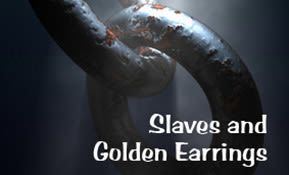

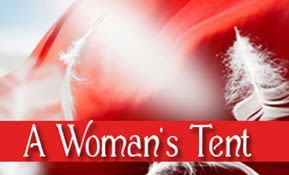
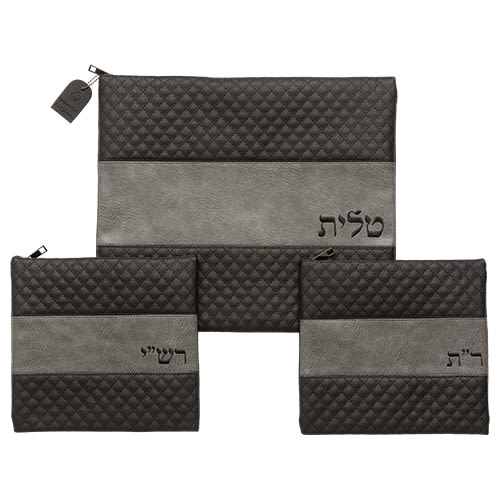
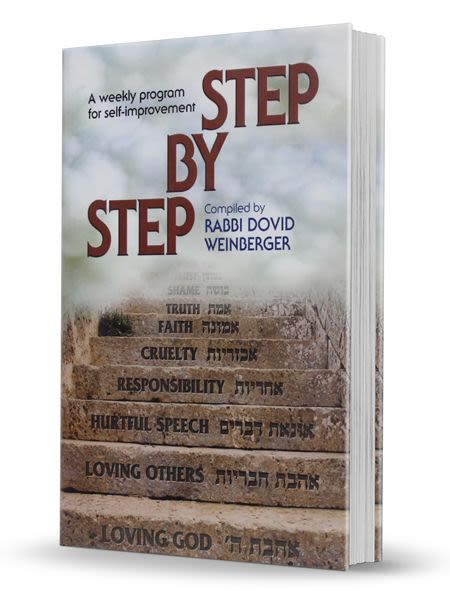
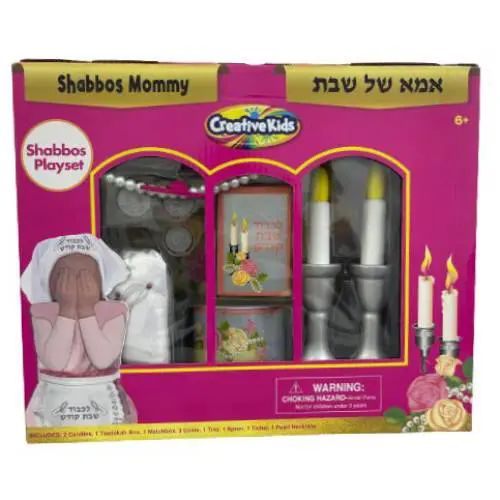
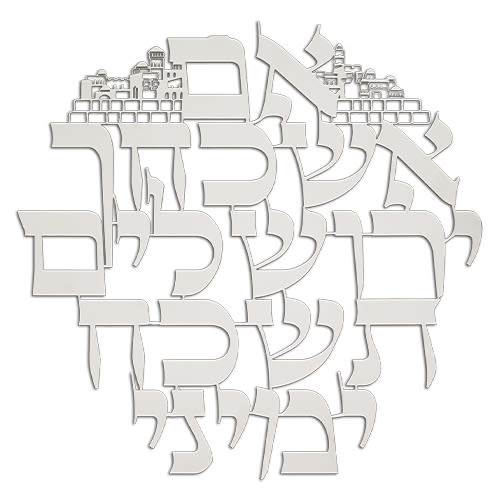
5/30/2010
challa and parnassa
this was a very meaningful article for me as i’ve been doing hafrashat challah for a few years now. i’m not married, yet, but hope to be soon. i have always been in financial dire straits and barely manage to get by. i’ve been unemployed since the end of last october and feel like i’m really living on the edge of a cliff as i have no stable parnassa. perhaps i’m not doing the brachot correctly? i follow the seder for the brachot from the book "likrat challah". any suggestions? shavua tov! thnx!
5/30/2010
this was a very meaningful article for me as i’ve been doing hafrashat challah for a few years now. i’m not married, yet, but hope to be soon. i have always been in financial dire straits and barely manage to get by. i’ve been unemployed since the end of last october and feel like i’m really living on the edge of a cliff as i have no stable parnassa. perhaps i’m not doing the brachot correctly? i follow the seder for the brachot from the book "likrat challah". any suggestions? shavua tov! thnx!